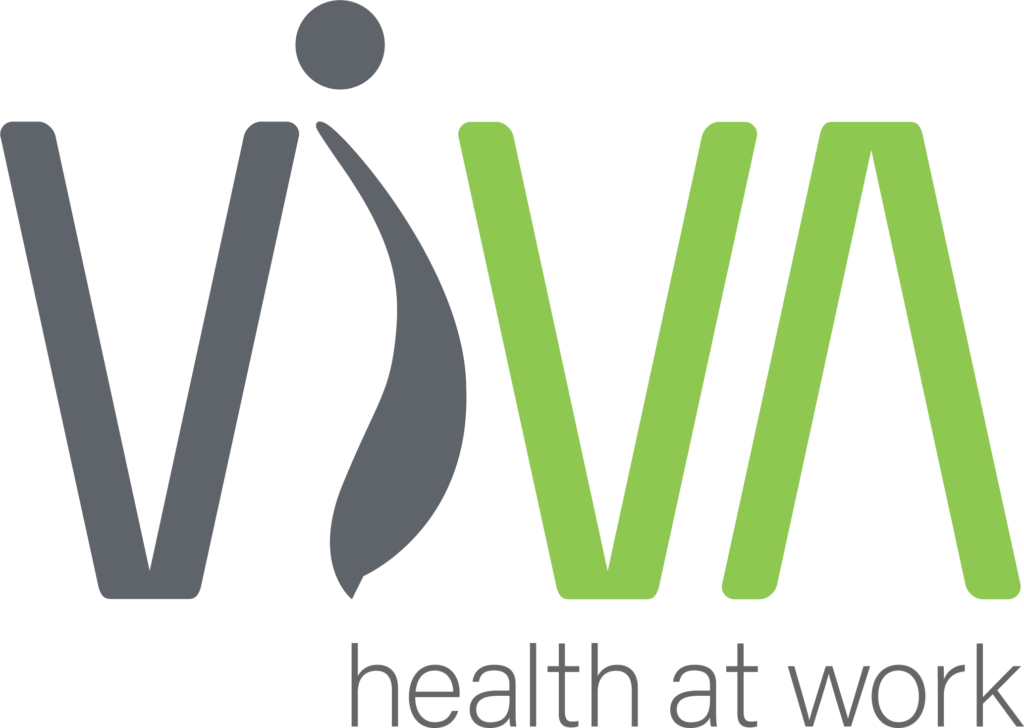DETERMINING CAUSATIONAL PATHWAYS OF OCCUPATIONAL PSYCHOSOCIAL RISK FACTORS IN THE EDUCATION SECTOR
Through job analysis, wellbeing survey review, occupational injury data analysis, and job design studies, ViVA effectively identified 4 distinct causational pathways of occupational psychosocial risk impacting on school staff and leadership.
PROJECT LEAD
PROJECT TEAM
PARTNERED WITH
Software Solutions, Beamible
Context
The work health and safety regulatory environment has sharpened the focus on requirements for businesses to manage occupational psychosocial risk factors. In education, school teachers, principals, and staff are subject to work stressors like excessive workloads and occupational violence. This impacts on worker health, retention, and student teaching and learning experiences.
Challenge
A faith-based regional school-level education provider wanted to commence deep-dive investigations to inform their work design strategies, addressing critical factors like staff engagement, retention, health, and wellbeing.
Approach
The ViVA human factors team reviewed scientific literature and company data on wellbeing surveys and occupational injuries. They combined these with empirical findings from site visits observations, interviews, data-driven work and job analysis, and job design studies.
Outcomes
Using two-step thematic analysis methods, ViVA determined four distinct causational pathways of occupational psychosocial risk factors to inform the school executives on targeted intervention strategies for different job roles, like teachers, principals, and safety officers.
